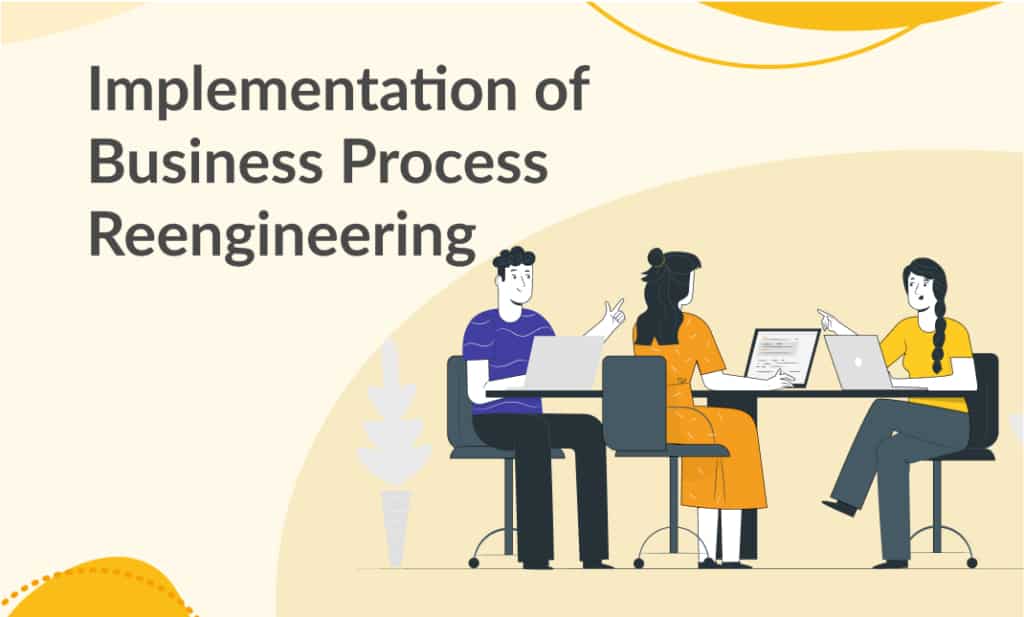Business Process Reengineering (BPR) – commonly employed to go digital – is the act of uprooting, updating and completely reinventing how business is done. This is an “all hands on deck” process where every process owner explains how their job is done and senior professionals/consultants propose ways to do it better.
Here is how Folderit’s cloud solution is critical in implementing business process reengineering.
Why do we need to implement business process reengineering?

Small and medium sized businesses, especially startups, tend to form business habits as they go along, such as inventory management, note taking, document management, et al. Some of these tasks might be suitable for the scale they are being implemented on but could bottleneck efficiency as business grows. To that end, professional(s) with experience in the field are called in to map the existing business processes, then suggested a reengineered business process (with the help of existing teams) and help ease the company through the new change.
The following broad steps are involved in business process reengineering – as well as many other smaller steps between each task:
- Vision alignment – All involved parties need to be on the same page because aligned visions will help create the right direction.
- Process Assessment and Mapping – Taking note of how things are presently done.
- Reengineered Process – Pitching a reengineered process to the decision makers and optimizing/tweaking as needed.
- Testing – Trying out the new processes on live projects – adjusting as needed.
- Going live – Taking the new processes live for the entire project.
Business Process Mapping using Folderit
Using Folderit, which also doubles as Virtual Data Room Software, offers access control features that enables you to designate users and user groups with varying degrees of permissions to different files and folders. Coupled with Microsoft Office 365 integration (separate subscription required), the process reengineer can go to each department/process owner and map each process step-by-step (MS Word can be used for basic flow charting) and share with the process owner and/or team leads.
Folderit uses an audit-trail log, that keeps track of which user accessed which file and at what time. You also have the option of keeping versions, so you may switch between drafts – which is quite inevitable when implementing business process reengineering). Folderit also features associated files, that allow you to connect documents to each other, fetching one will bring out the associated files as well.
Even if any document is mapped physically, it can easily be scanned, uploaded and shared. Folderit’s advanced metadata, coupled with Folderit’s powerful Optical Character Recognition enabled (OCR) search can help you find content regardless of what form it is in, document, image, PDF, scan, etc.
Using Folderit’s 256-bit bank-level encryption that prevents any unauthorized access to your system, you can be assured that no matter how sensitive your business may be, your content will be kept safe from any unauthorized access. Further to the fact that all files are transferred using SSL encryption, so your processes remain safe.
Once each process has been fully mapped, you can get approvals from the relevant manager(s) either in a hierarchy, or all-at-once. If you wish to make it official, Folderit has an integration with DocuSign that allows you to get legally binding digital signatures.
Testing BPR
In the testing phase, a handful of reengineered processes are implemented and evaluated for viability. In this stage, employees can evaluate and provide feedback on whether or not the new process is an improvement. To provide said feedback, employees can leave their comments in a document that can be viewed by HR, and/or department heads only (if anonymity is required). Suggestions can be integrated with the finally proposed solution and sent back to testing.
You can get final approvals using DocuSign here as well.
Conclusion
In the implementation of BPR, there is more than technology involved. People often heavily resist change, more so if the company has many employees. In order to manage that change, there needs to be training, onboarding and patience. The sooner you bring team members onboard, the faster they will adapt. There is no need to rely on bespoke BPR solutions, as they end up accomplishing exactly the same thing as Folderit.



